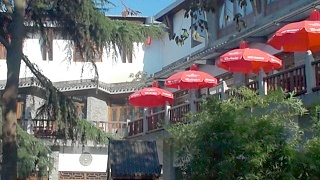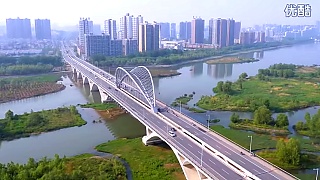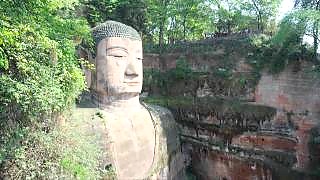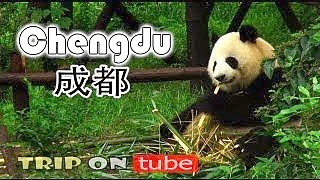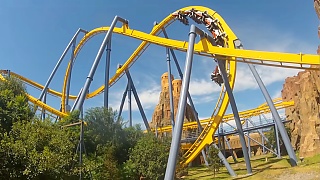With China Walking Tour ...
[640],shadow=true,start=,stop=Visitor Guide to the Sui and Tang Dynasties of LuoYang City National Park
Getting There
Location: The Sui and Tang Dynasties of LuoYang City National Park is located in LuoYang, HeNan Province. It is easily accessible from the city center.
By Public Transport: You can take a local bus or taxi from anywhere in LuoYang to reach the park. Buses 81 and 83 have stops near the park.
By Car: If you are driving, ample parking is available near the park entrance.
Entrance and Tickets
- Entrance Fee: The entrance fee varies depending on the season and any special exhibitions. Typically, it ranges from 50 to 100 RMB.
- Opening Hours: The park is generally open from 8:00 AM to 6:00 PM. Check for any changes during holidays or special events.
Attractions and Activities
Historical Sites
- MingTang and TianTang Complex: Reconstructed palace complexes that offer a glimpse into the grandeur of the Sui and Tang dynasties. The architecture and layout are based on historical records and archaeological findings.
- Ancient City Walls: Explore the remnants of the ancient city walls that protected LuoYang during the Sui and Tang periods.
Museums and Exhibitions
- Archaeological Museum: This museum within the park showcases artifacts and relics from the Sui and Tang dynasties, including pottery, tools, and ancient manuscripts.
- Historical Exhibitions: Various exhibitions throughout the park provide detailed insights into the history, culture, and daily life of the Sui and Tang dynasties.
Gardens and Scenery
- Imperial Gardens: Beautifully landscaped gardens that reflect the horticultural styles of the Sui and Tang periods. These gardens are perfect for a leisurely stroll.
- Scenic Lakes: The park features several artificial lakes that enhance the serene atmosphere and provide picturesque views.
Interactive Activities
- Costume Experience: Visitors can dress in traditional Sui and Tang dynasty attire and take photos in the historical settings of the park.
- Guided Tours: Join guided tours to learn more about the history and significance of the sites within the park. Tours are available in multiple languages.
Dining and Local Specialties
Within the park, you will find several dining options that offer both local and traditional Chinese cuisine. Some recommended spots include:
- Imperial Banquet Restaurant: Experience a traditional imperial-style meal with dishes that were popular during the Sui and Tang dynasties.
- Tea Houses: Relax in a tea house and enjoy a variety of Chinese teas along with light snacks.
- Street Food Stalls: Try local snacks and delicacies from the numerous food stalls scattered throughout the park.
Shopping
- Souvenir Shops: Browse the souvenir shops for unique gifts and mementos, including replicas of ancient artifacts, traditional crafts, and books on local history.
- Artisan Workshops: Visit workshops where local artisans demonstrate traditional crafts such as pottery, calligraphy, and silk weaving. Many items are available for purchase.
Tips for Visitors
- Best Time to Visit: The best times to visit the park are during spring (April to June) and autumn (September to October) when the weather is mild and the gardens are in full bloom.
- Clothing: Wear comfortable walking shoes and dress in layers to accommodate temperature changes. An umbrella or raincoat may be useful during the rainy season.
- Guided Tours: Consider joining a guided tour to gain deeper insights into the historical significance of the park. Many tours are available in English and other languages.
- Respect Local Customs: Be respectful of local customs and traditions, especially when visiting temples and historical sites. Avoid touching artifacts and stay on designated paths.
Conclusion
The Sui and Tang Dynasties of LuoYang City National Park offers a fascinating journey through Chinese history. With its blend of historical sites, beautiful gardens, and cultural activities, the park provides an enriching experience for all visitors. Whether you're a history buff, a nature lover, or simply looking for a peaceful escape, this national park in LuoYang is a must-visit destination.

 LuoYang City National Park, HeNan province
LuoYang City National Park, HeNan province


